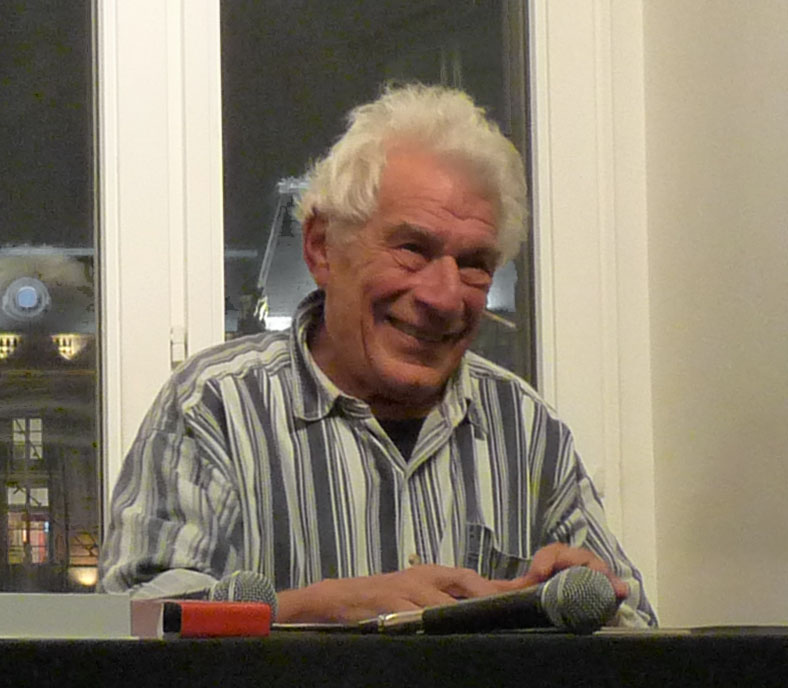When we suffer anguish we return to early childhood because that is the period in which we first learnt to suffer the experience of total loss. It was more than that. It was the period in which we suffered more total losses than in all the rest of our life put together.

"John Peter Berger" is an English art critic, novelist, Painting/painter and poet. His novel G. (novel)/G. won the 1972 Booker Prize, and his essay on art criticism Ways of Seeing, written as an accompaniment to a BBC series, is often used as a university text.
More John Berger on Wikipedia.Compare the cinema with theatre. Both are dramatic arts. Theatre brings actors before a public and every night during the season they re-enact the same drama. Deep in the nature of theatre is a sense of ritual. The cinema, by contrast, transports its audience individually, singly, out of the theatre towards the unknown.
Every city has a sex and an age which have nothing to do with demography. Rome is feminine. So is Odessa. London is a teenager, an urchin, and, in this, hasn't changed since the time of Dickens. Paris, I believe, is a man in his twenties in love with an older woman.
Glamour cannot exist without personal social envy being a common and widespread emotion.
Nakedness reveals itself. Nudity is placed on display. The nude is condemned to never being naked. Nudity is a form of dress.
Today the discredit of words is very great. Most of the time the media transmit lies. In the face of an intolerable world, words appear to change very little. State power has become congenitally deaf, which is why /but the editorialists forget it /terrorists are reduced to bombs and hijacking.
What is saved in the cinema when it achieves art is a spontaneous continuity with all mankind. It is not an art of the princes or the bourgeoisie. It is popular and vagrant. In the sky of the cinema people learn what they might have been and discover what belongs to them apart from their single lives.
Unlike any other visual image, a photograph is not a rendering, an imitation or an interpretation of its subject, but actually a trace of it. No painting or drawing, however naturalist, belongs to its subject in the way that a photograph does.
Copyright © 2024 Electric Goat Media. All Rights Reserved.